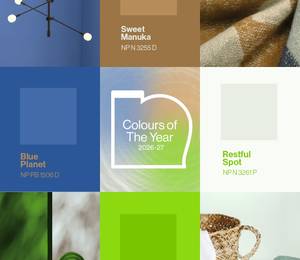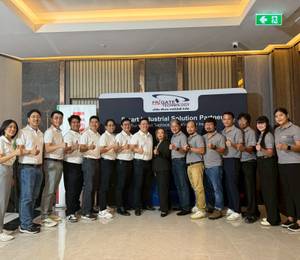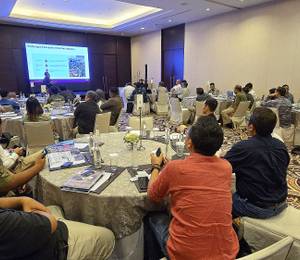Rachna Agarwal, the principal architect and founder of Gurugram-based architectural and interior design Studio IAAD, was honoured with the Realty+ Women Icon Awards 2021 in the ‘Women Achievers in Leading Flexispaces’ category. In this interview, she shares her design philosophy and how technology plays a part in design.
SEAB: Why did you choose to study architecture?
Rachna: This is a very interesting story. I was initially interested in Mechanical Engineering inspired by my dad. However, I always had a strong aesthetic sense and was curious about designing. Mom wanted me to be a doctor. So, we decided on a middle path and my father encouraged me to explore architecture. Once I got through, there was no looking back. It was as if this was destined to happen.
SEAB: When did you start your own firm IAAD and what is its design philosophy?
Rachna: Studio IAAD is an award-winning architecture and interior design firm located in India’s millennium city, Gurugram, founded in 2007. We are a multi-disciplinary practise committed to creating memorable spatial experiences. Our design philosophy is centred around seamlessly blending function and aesthetics and evolving our designs past established paradigms to best fulfil our clients’ visions. A crucial part of our design process is to partner with our clients to understand their needs and make their vision our own. More importantly, this helps us maintain our long-standing association with them.
SEAB: How has design changed over the years? What is your firm doing to address the new demands? Is it digitizing its processes, using more technology, etc?
Rachna: While design grammar changes every few years, technology has redefined and revolutionised the way we look at architecture and design. Technology was an earlier add-on in the design process. For instance, HVAC was meant for cooling/heating rather than a part of the aesthetics. Today, technology has become integral to designing any space. Along with aesthetic and design briefs now we have technology briefs too. Any typology now is technology driven. We are adapting to the same and it’s an integral part of our design narrative.
SEAB: What are some recent projects you’ve been working on?
Rachna: Well, the entertainment industry is back in full swing. Currently we are working on entertainment spaces, centres and community houses.
SEAB: Would you like to give any advice to young women wanting to become architects?
Rachna: Given the universal nature of design, it is surprising that an industry as creative and inclusive as ours has gender disparities. However, the numerous women in this field that I met and interacted with have reinforced my view that women are striving together and challenging stereotypes. Therefore, I advise women not to be overwhelmed by numbers but state their views clearly and not be afraid to be firm in expressing their opinion. While a “woman’s perspective” is critical in architecture and design, your specific knowledge and expertise are as valuable, if not more.

















